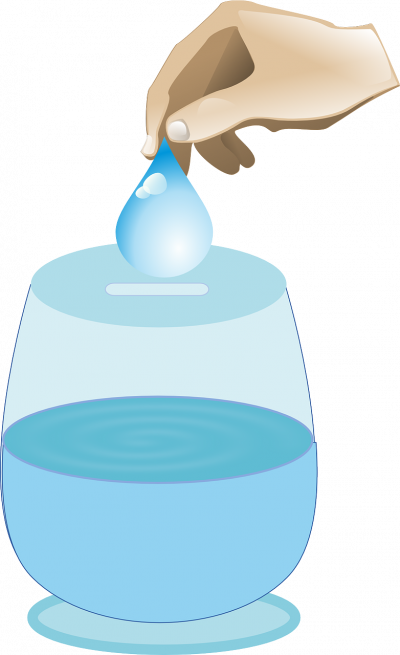Indoor Water Conservation
Corvallis's average indoor water use is about 66 gallons per person per day. Where does all this water go?
Want to discover ways YOU can save water in your home?
Water conservation can mean changing habits. It can mean fixing leaks or upgrading inefficient plumbing fixtures. The following tips can help you save water in and around your home. Click on the links for even more information and specific actions you can take.
- Check for & fix Leaks! This is the number one thing you can do -- leaking water is wasted water. Read more about leaks here.
- Replace your water fixtures & appliances with more water efficient versions. This is a proven way to reduce water use. See the EPA's WaterSense for a list of products, including faucets, toilets, showerheads, and washing machines: http://www.epa.gov/watersense/ and use this calculator to estimate how much water, energy, and money you can save by installing WaterSense labeled products in your home or apartment building. High Efficiency Toilets like those in our rebate program are an especially good option.
- Take the "Shorter Shower Challenge." See if you can keep your shower under six minutes. Read more about showers here.
- Never use your toilet as a trash can. Toilet tips found here.
- Wash only full loads. This goes for the dishwasher and your washing machine. Run with full loads whenever possible. Details found here.
- Visit the Corvallis Residential Water Audit page to learn how to conduct your own water audit.
Want more info?
Follow the links highlighted in the text above to see breakdowns of those tips.
Follow this link to HomeWaterWorks to see some easy DIY installation videos for indoor plumbing equipment replacement.
The Alliance for Water Efficiency lists these tips and more on their Residential water saving tips page.
If you are a commercial customer, you can read about commercial water saving tips on the Alliance for Water Efficiency page here.
Oregon Water Resources Department has a PDF of tips HERE
